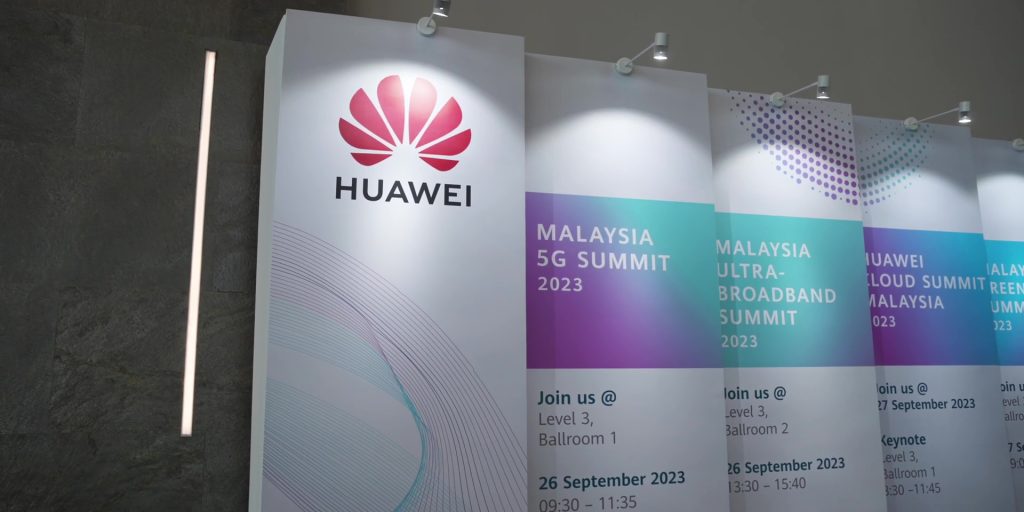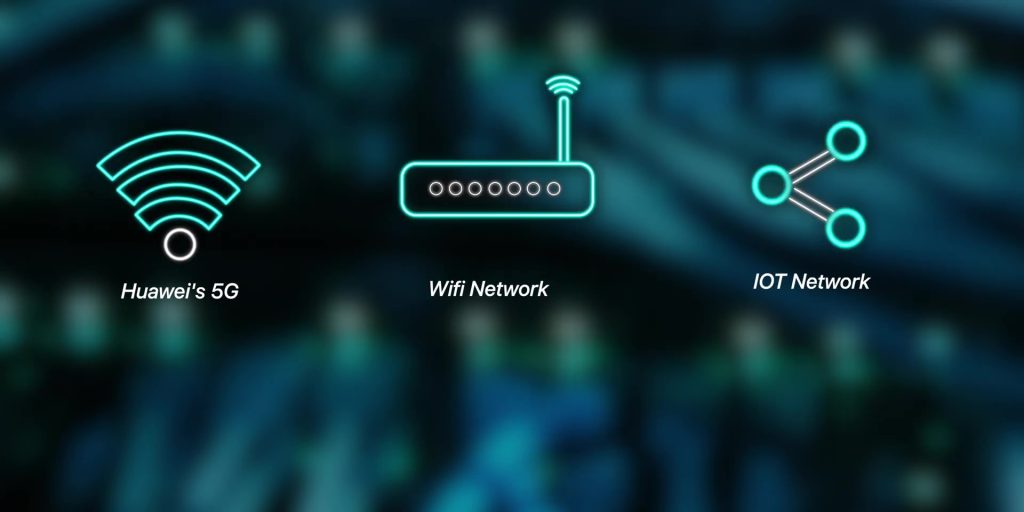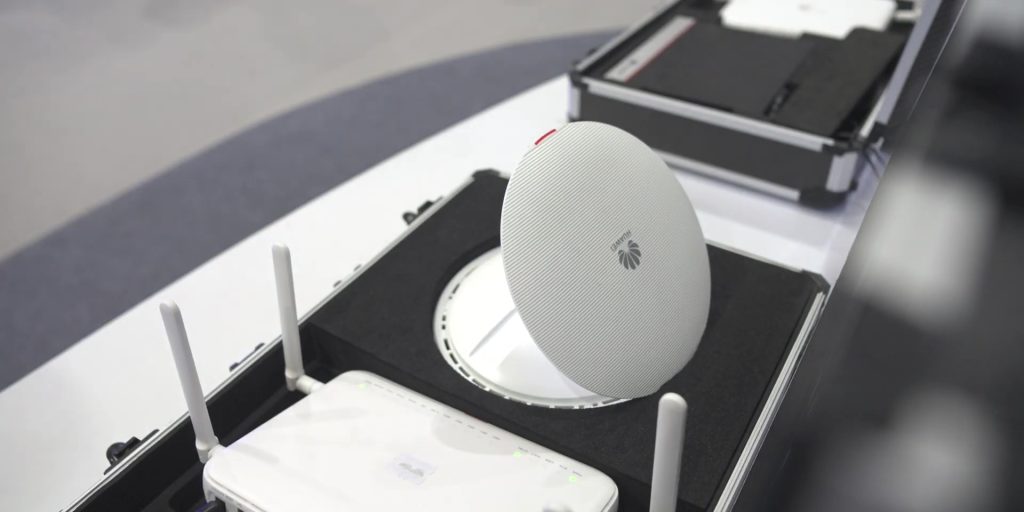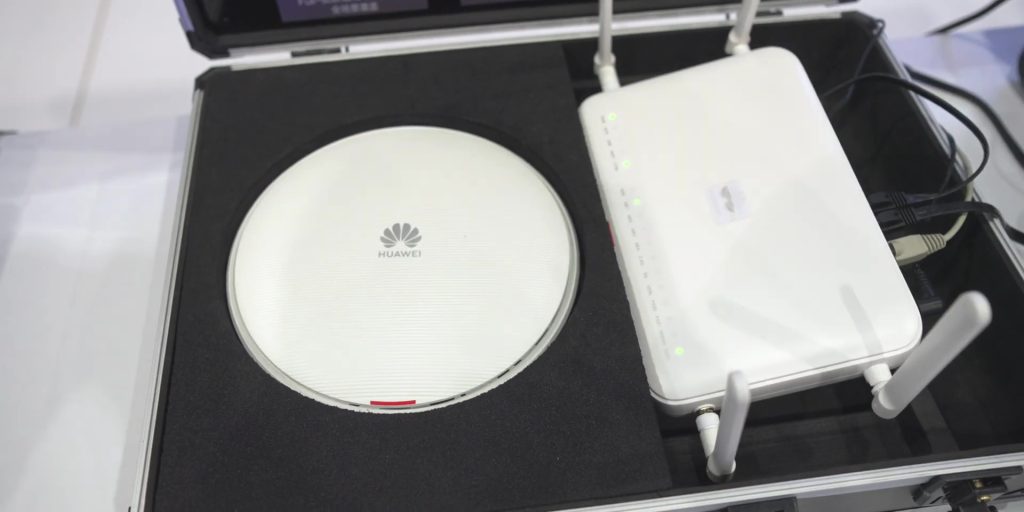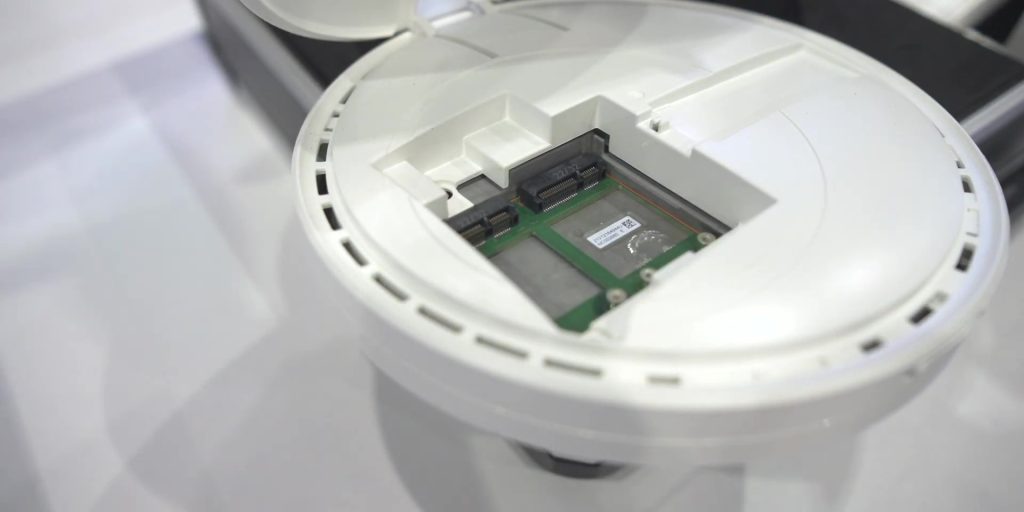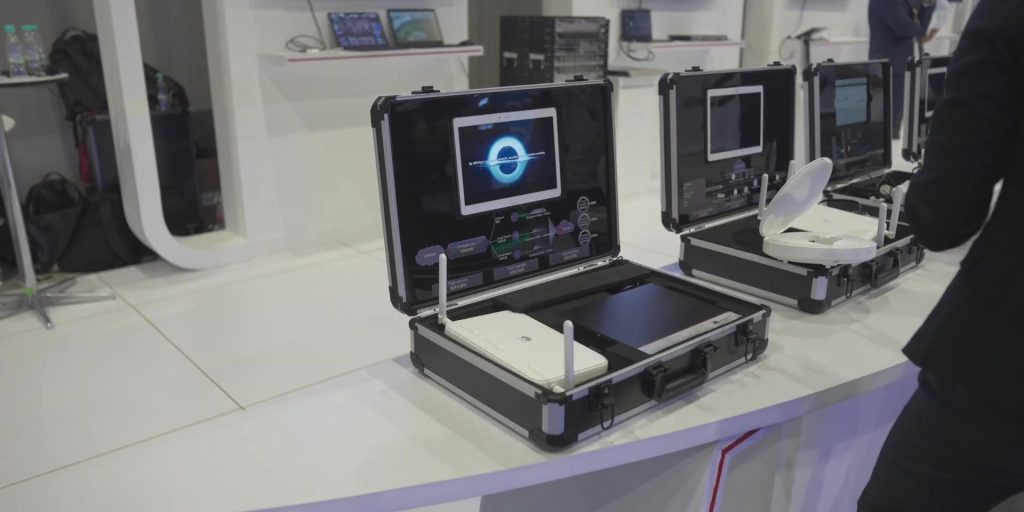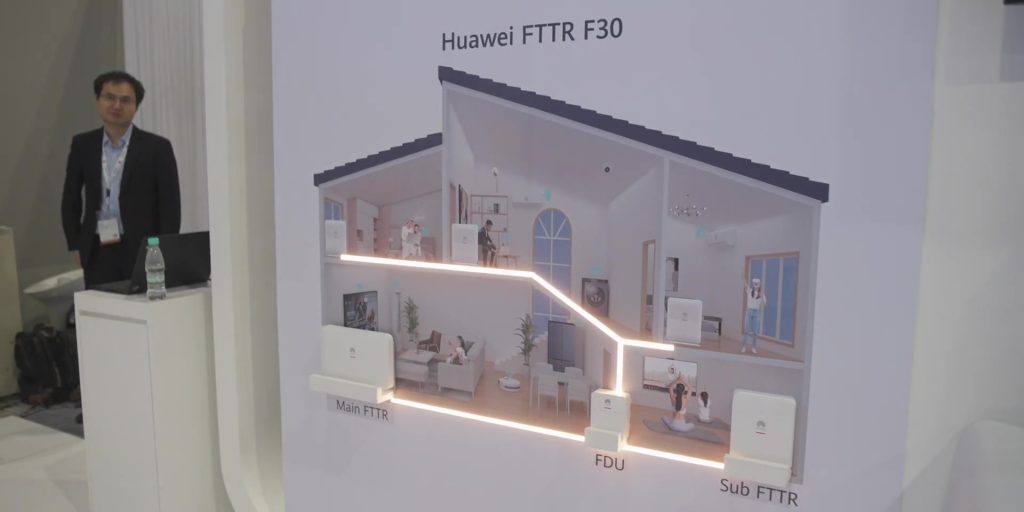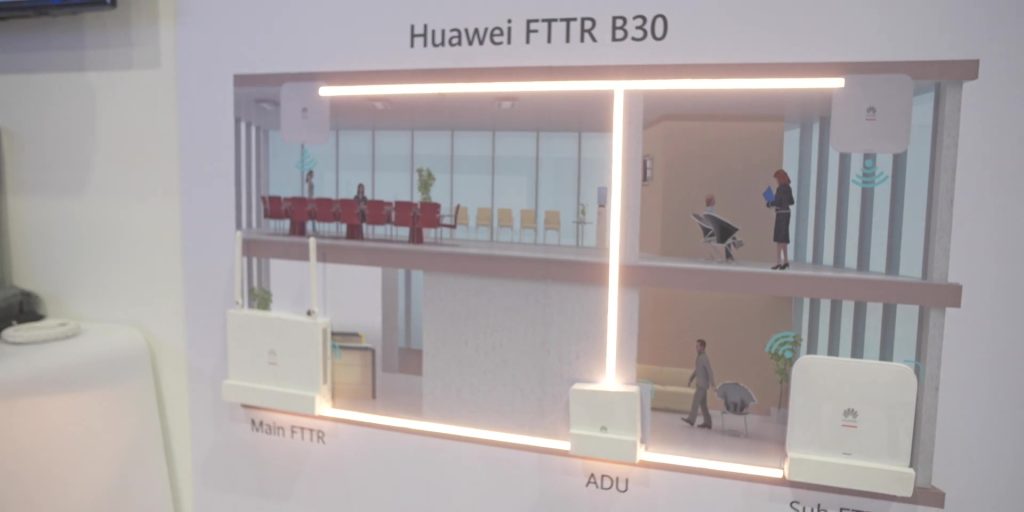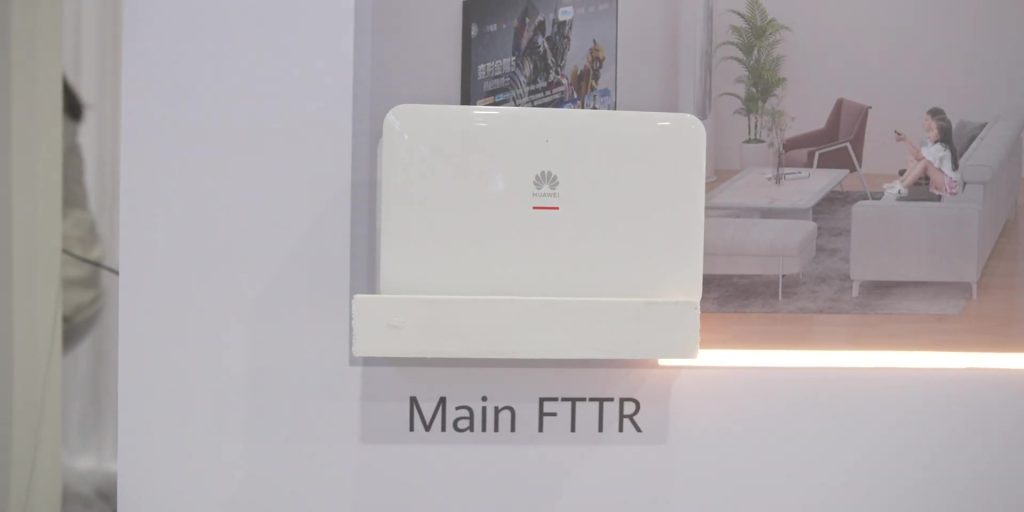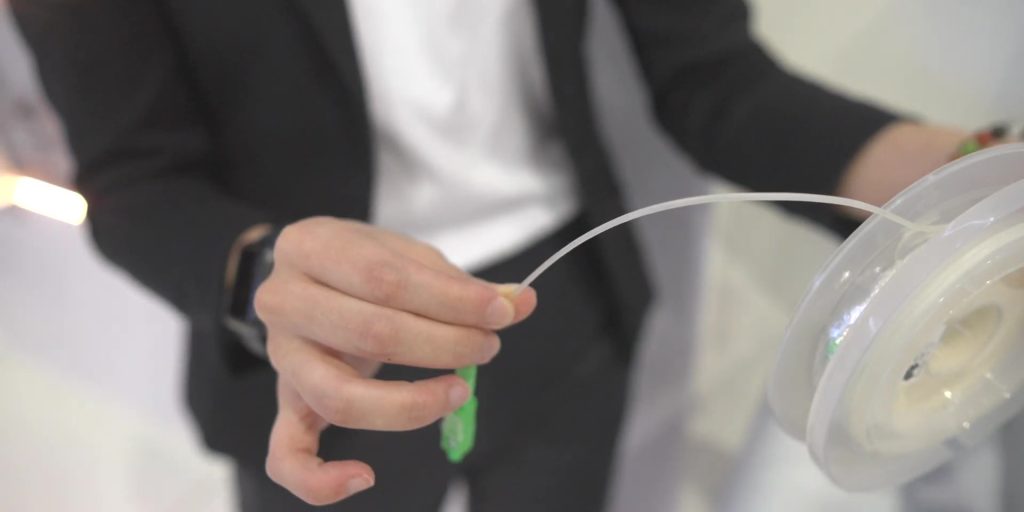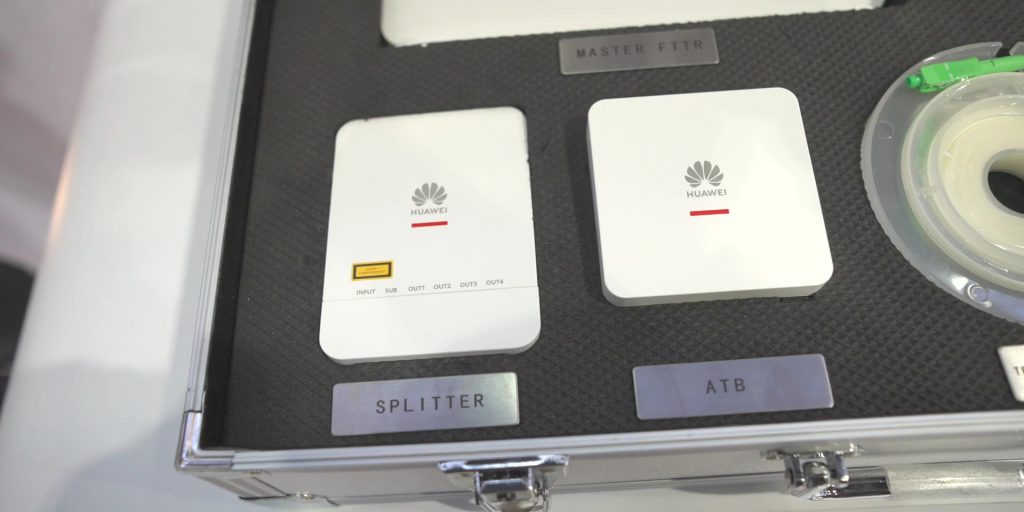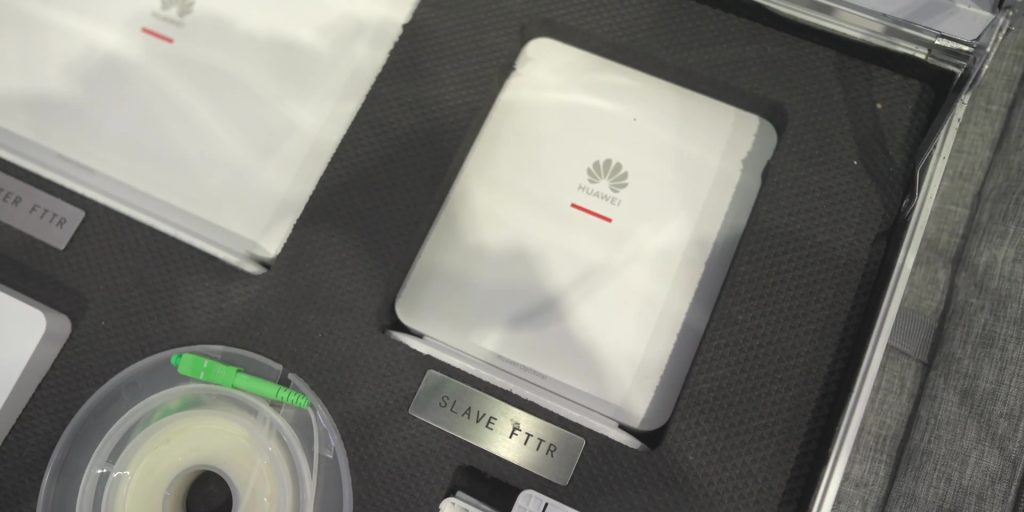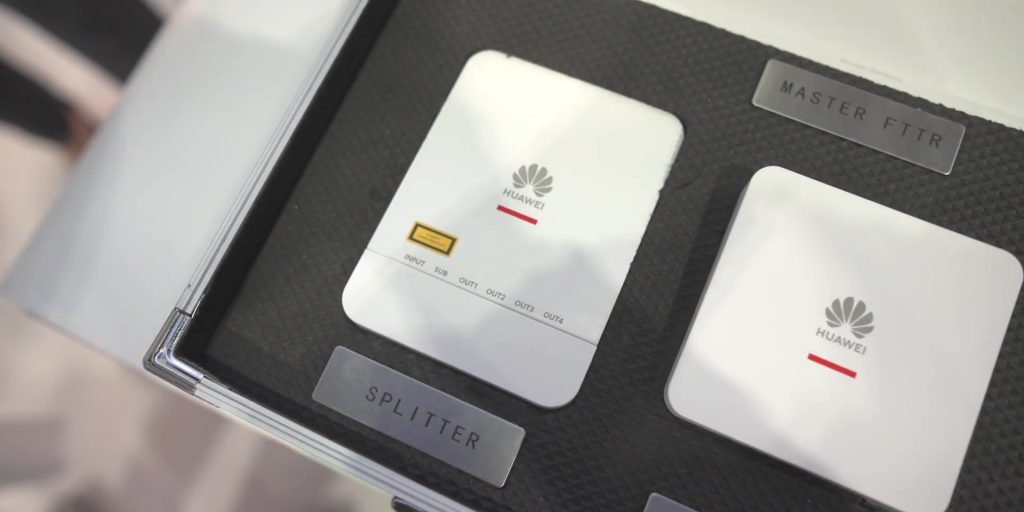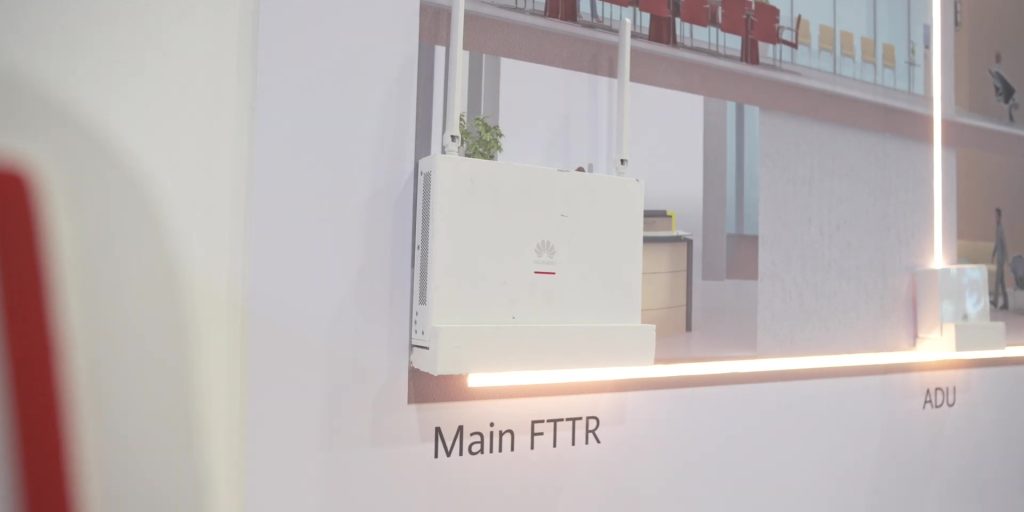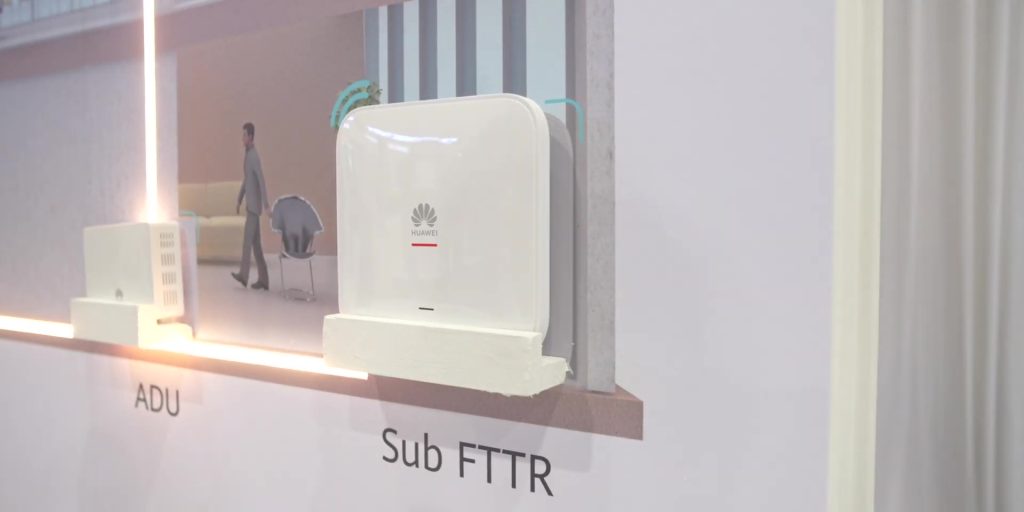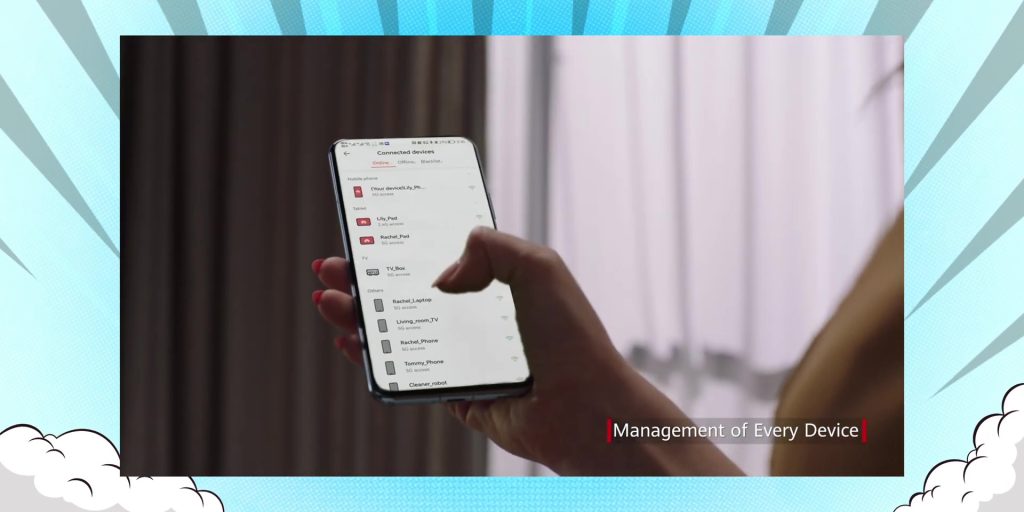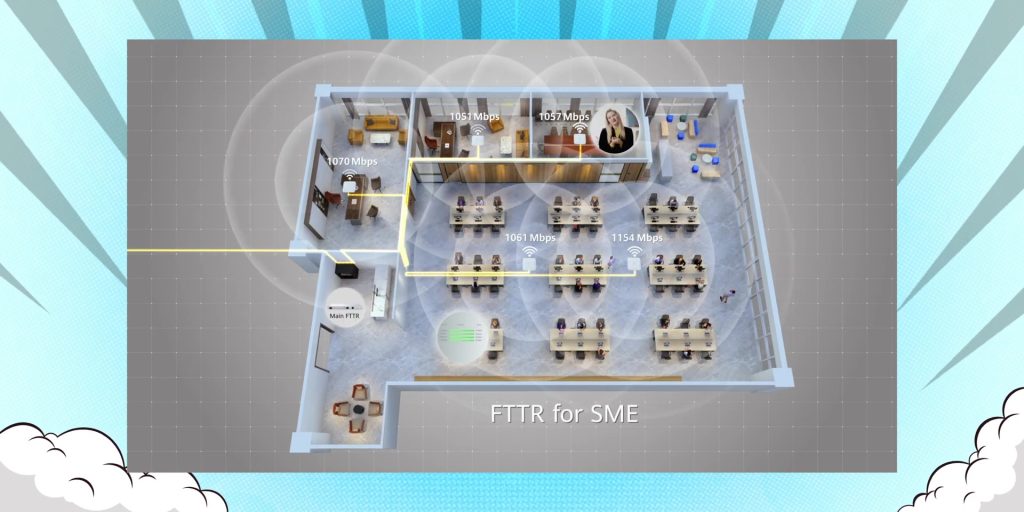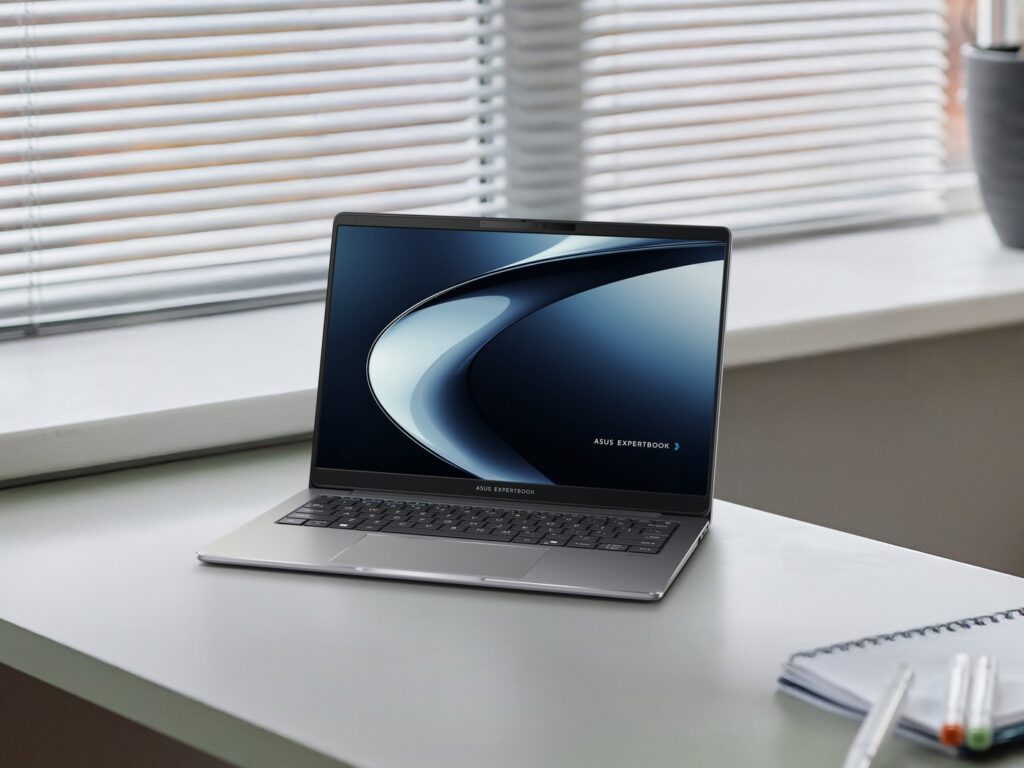Did you know that there are a total of 5.7 billion Internet users in 2023 so far? That’s 70% of the world’s population! And there are about 720,000 hours of new video content being uploaded to YouTube every day. Yeap! Crazy a lot, right?
So, the reason why I am mentioning this is because there are some exciting news that I want to share after attending the Malaysia ICT Summit 2023.
Because while there are lots of great technologies that are coming to Malaysia, I’m going to talk about the Ultra-Broadband Backbone or UBB technology that is also coming soon!
1 + X Boosting New Growth
Now, let’s start with a technology that has already been implemented in Malaysia, and this technology is called the “1 + X Boosting New Growth”
So the number “1” represents a single network that combines HUAWEI’s 5G, its Wifi network, and IOT network both on hardware and software services.
Then the letter “X” represents Unlimited Possibilities, which means that enterprises can expand their businesses to have different areas and unlimited opportunities for them to grow.
And while it’s called “New Growth,” the IOT Technology like RFID, it is something that has already been used in Malaysia, specifically in the retail space, especially in Decathlon and Uniqlo in MyTown Shopping Centre.
So what happens is that once you’re done with your shopping, you can place all the items in the checkout area, and instead of scanning each item you bought, it will use an RFID signal connected to each item to determine the things you purchased. Cool, right?
How this works is by using the WiFi Access Point Device for WiFi Connection, which has a card slot for an RFID card. It then uses the RFID to detect the items accordingly.
So, this is definitely a faster way to shop compared to the “old school” method of scanning 20 pieces of clothing (…20 pieces of clothing? I hope you don’t shop that much, eh?)
Besides being used for retail clothing, I hope it will also be implemented in grocery stores and other food supply chains.
Another example of this “1 + X” that hasn’t been introduced in Malaysia yet could be useful not only for industries but also for small offices. Alongside your 5G router, there would be a specific device, like the Eudemon 1000E box, which acts as a physical firewall to block security threats from accessing the office network. Additionally, if any new digital threats or viruses arise, the Qiankun Cloud Service automatically detects and addresses them.
Fiber To The Room (FTTR)
Next, during the summit, HUAWEI emphasized enhancing our broadband network. So, you might wonder, what are the differences between our current broadband and the ones just announced?
Well, we are entering the Giga Home Broadband Era for a premium user experience, my friend, and what’s coming soon to Malaysia, and it is as soon as next month, is the Fiber To The Room, also known as FTTR.
FTTR currently has over 7 million subscribers worldwide, and as the name implies, you’ll receive Fiber internet speeds in every room of your home. So, if you opt for a 1-Gigabit speed plan, expect that exact speed in every single room or space that you want.
So this FTTR is split into two different scenarios or rooms as rooms can be defined as rooms in your house and rooms in offices or business units, where essentially it is using the same solution.
FTTR at Home
For rooms in homes, a Main or Master FTTR unit functions similarly to a router or modem. This unit connects to slave devices in each room using a standard home power plug.
These devices are linked with a high-quality, durable optical fiber cable. Unlike the conventional yellow optic fiber cable, this one is transparent and way more reliable.
There will also be an ATB unit for storing extra optical fiber cable accompanying each Slave Unit. This is very useful if there are any issues with the optical fiber cable, so you don’t need to plug the ATB unit as it uses a passive connection.
There’s also a Splitter Unit that acts as an extension to connect between rooms. This means you don’t need to run a new optical fiber cable from the Master FTTR to any additional room that you want to connect.
FTTR for Business
For the second scenario, in a business setting, a POF (Power Over Fiber) cable is used. Instead of plug-in power in each Slave FTTR unit in each room, this cable gets its power directly from the Master FTTR.
You’d still need to use the Splitter Unit to connect additional rooms, but in this setup, the Slave FTTR operates as a passive unit.
This revamped architecture not only guarantees your connection speed but also fosters a Green and Intelligent Network. Firstly, it lowers power consumption for the FTTR, aiming for carbon neutrality, especially with the Power Over Fiber cables.
Then, it being intelligent means that the days of needing technicians on-site for troubleshooting will be behind us, as the online system can identify any issues, allowing for easy self-troubleshooting, whether or not you’re onsite or using the companion app.
And this is also in line with the Digital Map technology that HUAWEI is looking to embrace more to avoid any unnecessary onsite visits since everything is monitored easily through its digital monitoring systems, so this is surely an amazing way to look forward.
–
So yes, these are all exciting news indeed, especially with these services being announced here specifically in Malaysia, where usually these new technologies I hear and see are usually when we travel to China or even Thailand when I go to these conferences.
So let me know your thoughts and would you personally get FTTR when it comes to Malaysia?


